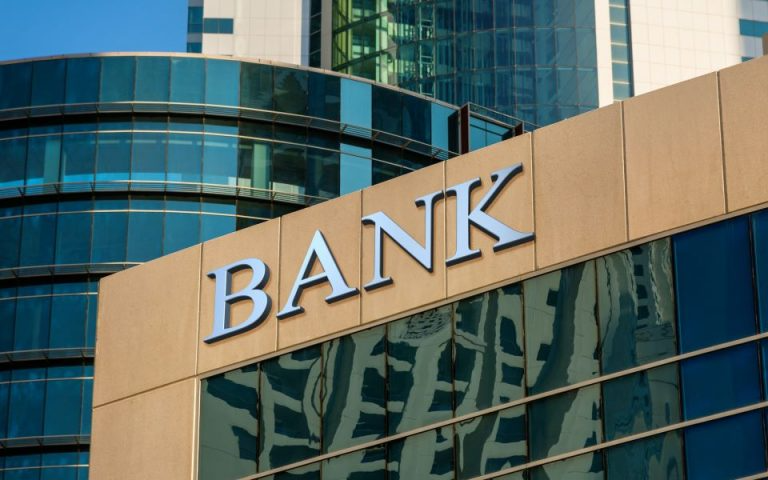
European banks will remain stable in 2025, according to S&P, which says they will maintain adequate profitability and strong liquidity. However, it predicts a drop in profitability as a result of the ECB cutting interest rates, while there will be increased demand for loans from corporate and retail customers. Besides, as analysts say, the reduction in interest rates will support the increase in demand for loans, and indeed, this trend has already appeared in the market.
PRESSURE ON PROFITS
As regards the first major challenge, it has to do with lower interest rates. Analysts expect pressure on profits, which will force European banking institutions to manage their funding costs and to manage risks. At the same time, this reduction may lead to a reduction in their operating costs.
INFLATION AND TARIFFS
Another risk that banks face is a further reduction in growth and even a recession. The French and German crises show that the Eurozone is vulnerable, and in case of a rise in energy prices as well as a resurgence of inflation, their portfolio will be affected. Added to this is the risk of a trade war with the US, which if they proceed to impose tariffs would negatively affect the European economy and industry. Other challenges they face are:
- Fiscal crisis and more stringent policies
- Uncertainty and volatility in the markets
- More stringent economic policies and stricter competition
- Geopolitical risks
GREECE
With regard to the domestic banking system, analysts note that it has fully recovered and is benefiting from the dynamic growth of the Greek economy. Portfolios have been consolidated, profitability is strong and the reduction in interest rates is set to be offset by credit expansion. At the same time, the stable deposit base, combined with the increased resilience of the sector, gives a positive outlook for Greek banks.






